Embrace a lifestyle that intertwines simplicity, functionality, and a harmonious connection to nature – welcome to the world of Scandinavian living. Renowned for its minimalist elegance and elevated life satisfaction, this approach to life has been making waves globally. From the philosophical and historical roots of the Nordic way of life, to its distinct architectural and interior design ethos, there’s a captivating narrative that delves deep into this unique lifestyle. Coupled with its commitment to sustainable living, outdoor activities, and hygge – a term that encapsulates a sense of coziness and convivial comfort – Scandinavian living exudes a charm that is truly unparalleled.
Understanding Scandinavian Living
Defining Scandinavian Living
Scandinavian living embodies simplicity, functionality, and a profound connection with nature. It revolves around the principles of creating a comfort-oriented environment that leverages natural elements, seamless functionality, and minimalistic aesthetics. This lifestyle is intrinsically related to the Nordic model of society, advocating for a balanced work-life setup, prioritizing time with loved ones and into hobbies that bring joy.
Scandinavian living takes a “less is more” approach. Its design philosophy emphasizes clean lines, neutral colors, and natural materials. Furniture and home decor focus on functionality without compromising visual appeal, often characterized by light woods, white walls, functional pieces, and natural textiles.
The Philosophy of Scandinavian Living
At the heart of the Scandinavian lifestyle is ‘hygge’, a Danish concept that’s not directly translatable in English but encompasses feelings of coziness, contentment, and well-being through enjoying the simple things in life. It’s about creating a warm atmosphere where you can enjoy good moments with loved ones, letting go of the materialistic pleasures, and embracing the joy of minimalism.
Similarly noteworthy is the Swedish concept of ‘lagom,’ which means “just the right amount.” This principle suggests a balanced approach, in which everything is maintained at its optimal. It’s not about deprivation or extravagance, but about an equilibrium that allows you to live contentedly.
Historical Underpinnings of the Nordic Lifestyle
Historically, the harsh climate and limited resources in the Scandinavian region influenced the development of a lifestyle that maximized resource use and promoted a strong connection with the environment. The robust emphasis on nature reflects in the Scandinavian respect and love for the outdoors; whether it’s the serene forests, numerous parks, or the stunning archipelagos.
The importance of functionality in Scandinavian living initially stemmed from the need for efficient use of space and resources in small, traditionally built houses. This birthed the minimalistic and intelligent design styles, which are essential characteristics of the Scandinavian lifestyle today.
Scandinavian Living and its Environmental Connection
The Scandinavian living ethos is deeply rooted in eco-consciousness. The tradition of maximizing natural light to combat long, dark winters, transforming outdoor spaces into extensions of indoor living, and the extensive use of plant decor, all underscore the integral role of nature in Scandinavian living. The conscious effort to reduce waste, recycle, and make sustainable choices are just as central to this lifestyle.
This connection with nature goes beyond home decor and is integrated into daily life. Green living roofs, renewable energy, eco-friendly transportation, and the promotion of local, sustainable food sources are all features of the Nordic way of life. They believe in co-existing with nature, rather than exploiting it.
When one mentions Scandinavian living, it is much more than a design trend; it signifies a way of life that upholds simplicity, functionality, and a deep affinity for nature. The essential philosophy embodies achieving satisfaction from leading a well-balanced life.
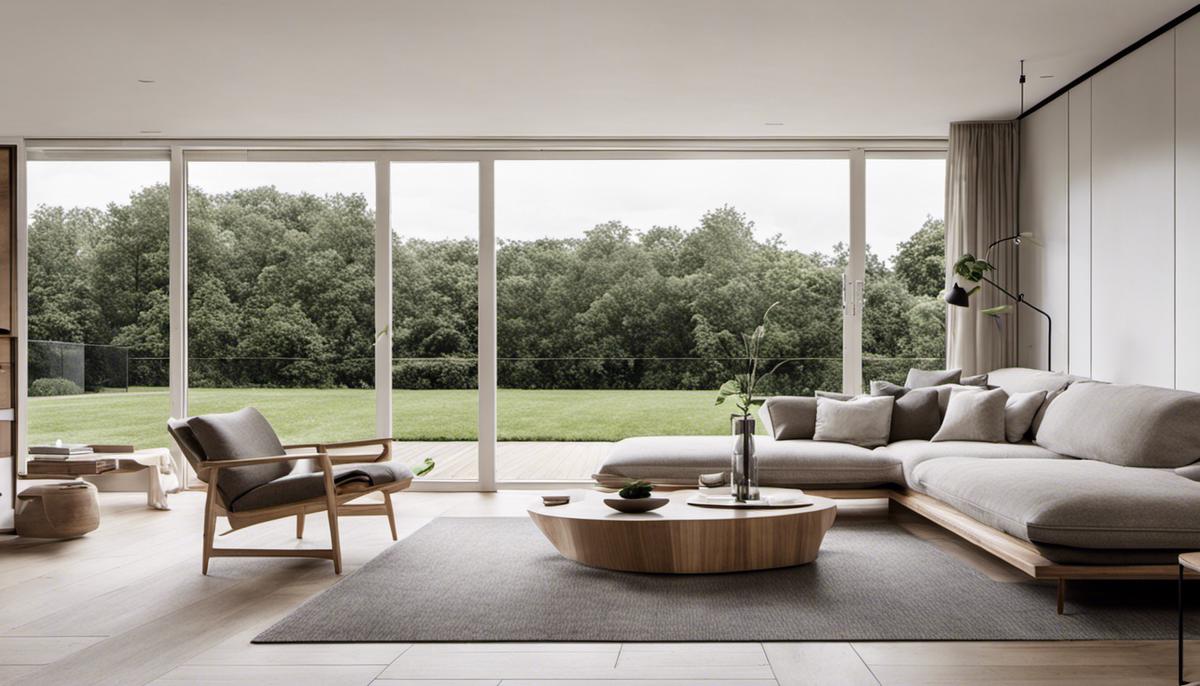
Interior Design & Architecture in Scandinavian Living
An Introduction to Scandinavian Design
Born from the Nordic region in the early part of the 20th century, Scandinavian design symbolizes a blend of minimalism and functionality in architecture and interior design. It’s a clear embodiment of the Scandinavian way of life and has left a remarkable impression on numerous design philosophies across the globe. Recognition of Scandinavian design frequently arises from its utilization of natural materials, unadorned simplicity, and an emphasis on functionality.
Defining Aesthetics
Scandinavian aesthetics in interior design are primarily defined by simplicity and functionality. There is often an understatement in design, with a focus on clean, simple lines and geometric forms. The designs are typically uncluttered, with a neutral color palette often using shades of white, grey, black, and brown. This is primarily due to the long winters and short daylight hours in Scandinavia, hence the use of light colors helps to reflect as much natural light as possible.
Embracing Nature
Incorporating nature is another key characteristic in Scandinavian living and design. Natural materials such as wood, leather, and wool often feature in both furniture and decorative items. Wood is especially prominent, used widely in flooring, furniture, and finishes, bringing an element of warmth to counter colder, wintry climates. Houseplants and other botanical elements are commonly used to freshen up living spaces and maintain a connection to nature.
Maximizing Light
Scandinavian design also emphasizes the importance of natural light. Given the Nordic countries’ extreme variation in daylight hours across the seasons, homes are designed to maximize light entry during the winter while controlling glare and heat during the summer. Large windows, pale walls and floors, and clever use of mirrors are common ways to augment the presence of natural light.
Functionality and Comfort
Above all, functionality is a principle facet in Scandinavian design. The notion derives from democratic design ideals, whereby beautifully designed everyday items are not just for the wealthy, but for everyone. Hence, Scandinavian designs prioritize comfort, functionality, and sustainability. Furniture is ergonomically designed, and spaces are generally open and flexible to cater to a variety of uses.
Embracing Scandinavian Design Principles
To effectively incorporate the concepts of Scandinavian design in your living space, let simplicity and minimalism be your guiding lights in the choice and arrangement of furniture. Aim for high-quality items that embody clean, simple lines and favor neutral shades. Incorporating materials like wood and leather which are naturally sourced, will honor the design’s love for nature. It’s crucial to have an abundance of natural light which is a major element of this design. Above all, the components within your living space should serve a purpose and should blend seamlessly to aid your daily activities. Always remember, the goal of Scandinavian design is to establish a living space that is peaceful, practical, and aesthetically pleasing.
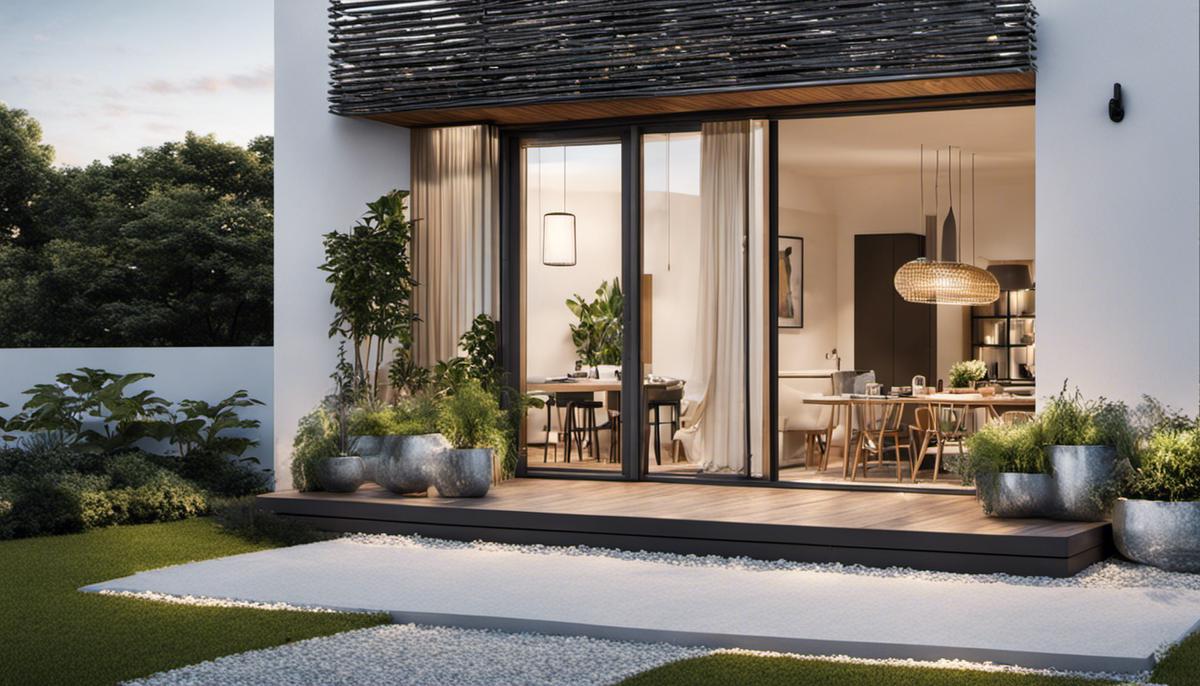
Healthy and Sustainable Living Practices
Adopting a Healthy Nordic Diet
Scandinavian lifestyle entails a profound respect for regional eating habits due to their tasteful appeal as well as their positive impact on health and the environment. The Nordic diet, globally recognized as one of the most balanced and healthful, emphasizes on local, seasonal, and organic foods. The diet is abundant in dishes based on plants, with a variety of root vegetables, whole grains, and fruits, plus beans and peas. Predominantly, fish, like salmon, herring, and mackerel, serve as the primary protein source, and is a regular part of the diet. Dairy, particularly cheeses, are a staple, with unique variations exclusive to each country. All these foods collectively strive to deliver optimum nourishment to the body while reducing the environmental footprint.
Embrace Outdoor Activities
The importance of outdoor activities and connection with nature is a defining characteristic of Scandinavian culture. Despite sometimes harsh weather conditions, activities such as skiing, hiking, cycling and swimming are integral to their lifestyle. The right to access nature, or “allemannsretten” in Norwegian, is a statutory right, emphasizing the societal respect for the outdoors. This form of living promotes physical wellbeing but is also said to greatly contribute to mental health and a general sense of satisfaction in life.
Guardians of the Environment
A crucial part of Scandinavian ethos is their environmental conservation. Across Denmark, Norway, Sweden, Finland, and Iceland, there are extensive measures geared towards sustainability. With a heavy focus on renewable energy (wind power in Denmark, geothermal in Iceland and hydropower in Norway), these countries are leading the way in environmental stewardship. Practices such as recycling are ingrained in daily routines and the adoption of electric vehicles is encouraged.
The Coziness of ‘Hygge’
One must not overlook the concept of ‘hygge,’ significant in Danish and Norwegian cultures, when understanding Scandinavian living. Directly translating to ‘coziness,’ ‘hygge’ is more about a mood or experience of comfortable contentment and well-being through enjoying the simple things in life. It can be appreciated alone or socially, indoors with a book and soft lighting, or outside around a fire with friends. During harsh Nordic winters, ‘hygge’ is an essential element of embracing and enjoying indoor life, promoting relaxation, togetherness and an appreciation for everyday experiences.
An Elevated Quality of Life
The Nordic countries, popularly known for their high scores on global happiness and life satisfaction reports, offer a lifestyle that results in a satisfying quality of life. Their life’s core is a balance that embraces numerous benefits impacting overall well-being. Be it the widely available nutritious food, the profound appreciation for nature, the deliberate approaches to sustainability, or the simple yet meaningful concept of ‘hygge,’ this Scandinavian way of life fosters deep contentment and happiness. Indeed, it stands as a perfect model worth pondering upon.
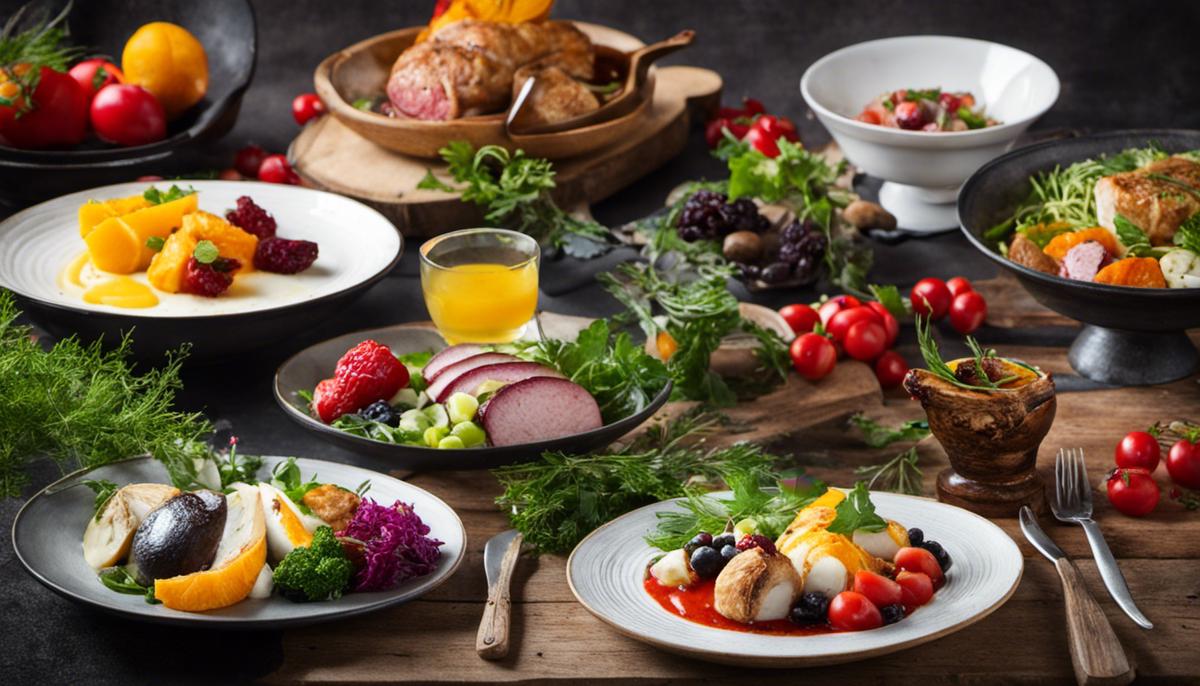
Adapting Scandinavian Living Practices Globally
Embracing ‘Hygge’ in Your Living Space
The Danish term hygge evokes feelings of warmth, shared experiences, and the delight in life’s simple pleasures. To incorporate hygge into your living space, aim at designing a warm and welcoming atmosphere that promotes relaxation and fosters a sense of community. Subdued, gentle lighting plays an integral part in hygge – envision table lamps and candles rather than glaring overhead lights. Integrate comforting textures like cozy knit blankets, plush rugs, and velvety cushions into your home decoration. Meanwhile, forming communal spaces where loved ones can congregate and share experiences – encircling a fireplace, across the dining table, or inside a cozy nook fitted with comfy chairs, amplifies the hygge-effect.
Embracing Simplicity
Scandinavian living places a strong emphasis on minimalism, with a focus on keeping spaces uncluttered and embracing functional designs. When adapting this principle globally, think in terms of “less is more”. Be thoughtful about the items you choose to display in your home, favoring those with practical use or personal significance. Avoid filling spaces with unnecessary items that leads to clutter. Opt for neutral colors and clean lines when it comes to furniture and decorations.
Prioritizing Functionality in Design
Scandinavian design is renowned for combining functionality with aesthetics. This can be translated to any setting globally by choosing furniture and items that serve a purpose. For example, choose seating that is both comfortable and stylish, lighting that is adjustable for various scenarios, and storage solutions that are sleek yet utilitarian. Scandinavian design also often incorporates nature, so consider adding plants to your décor.
Adopting Sustainable and Healthier Practices
Scandinavian countries are well-known for their commitment to sustainable living. They incorporate a variety of environmentally-friendly practices in their everyday lives such as recycling, using renewable energy, and supporting sustainable farming practices. Adopting these practices can not only reduce your ecological footprint but also promote healthier living. Consider eating a balanced diet rich in fish, whole grains, and fresh fruits and vegetables — the staple of a Nordic diet. Regular physical activity, another important aspect of Scandinavian lifestyle, can also contribute to better health.
Additionally, Scandinavians value their relationship with the natural world and engage with it regularly through outdoor activities like hiking or picnicking. Incorporate this into your lifestyle by making time for outdoor activities, regardless of the season. This not only boosts health but fosters appreciation for the natural environment, encouraging preservation and conservation efforts.
Scandinavian living is not merely about aesthetic; it’s a lifestyle centered around simplicity, functionality, and sustainability leading to a healthier and more conscious living. Adapting these practices globally can enhance both quality of life and environmental health.
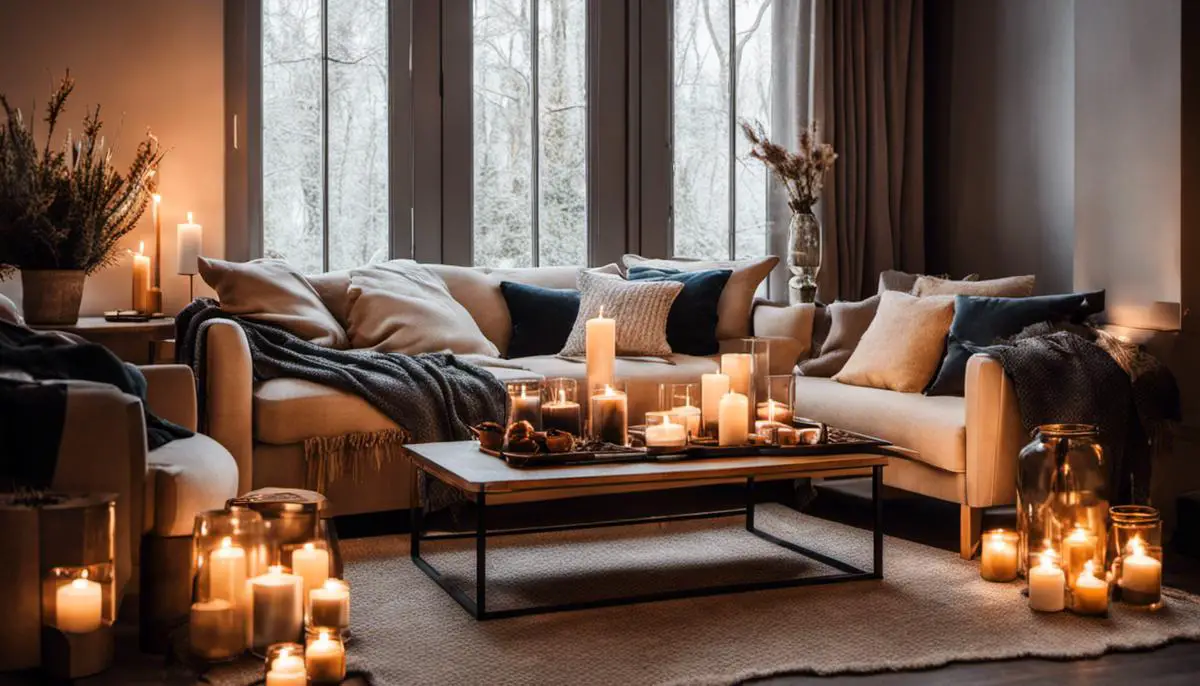
As we immerse ourselves further into the mystique and allure of Scandinavian living, we start to understand how it beckons us to alter our perception of comfort, design, sustainability and over all lifestyle. The global fascination with these practices isn’t only about adopting a new aesthetic – it is about introducing changes that enrich our lives, enhance our well-being and create a deeply fulfilling lifestyle. The beauty of Scandinavian living is that, irrespective of geographical boundaries, we can all fold its principles into our day-to-day life. From cultivating hygge at home, embracing simplicity to prioritizing functionality in design and adopting sustainable, healthier practices – there are endless ways to dive into and relish the magic Scandinavian living can offer.

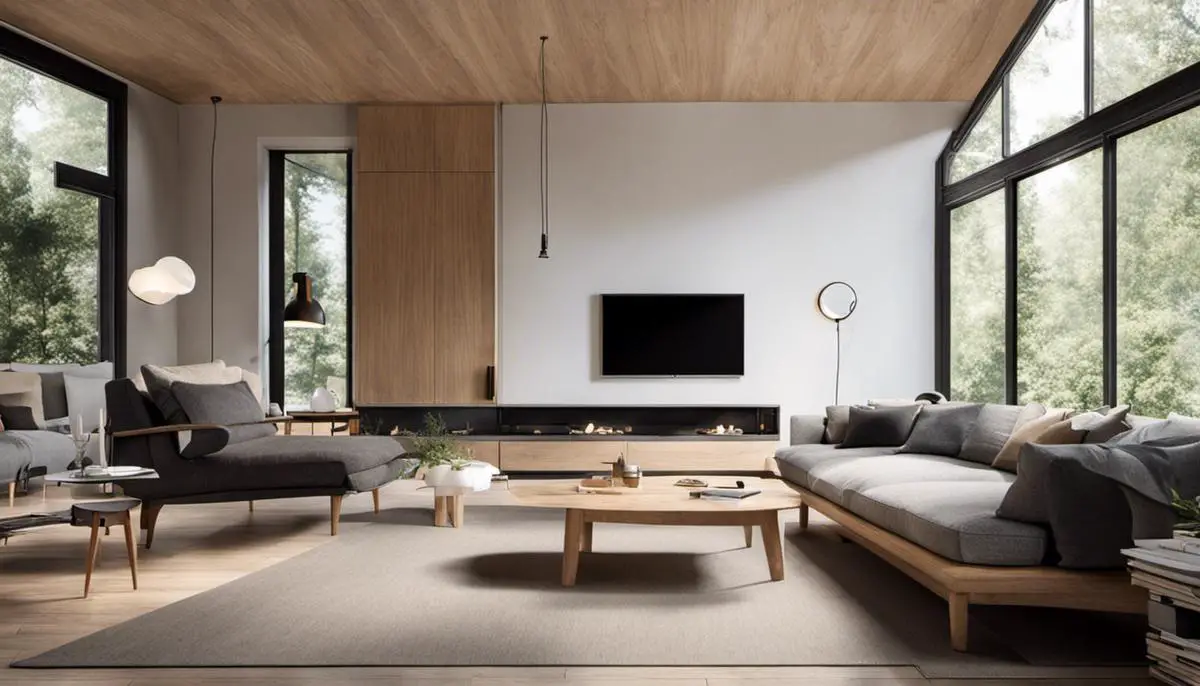
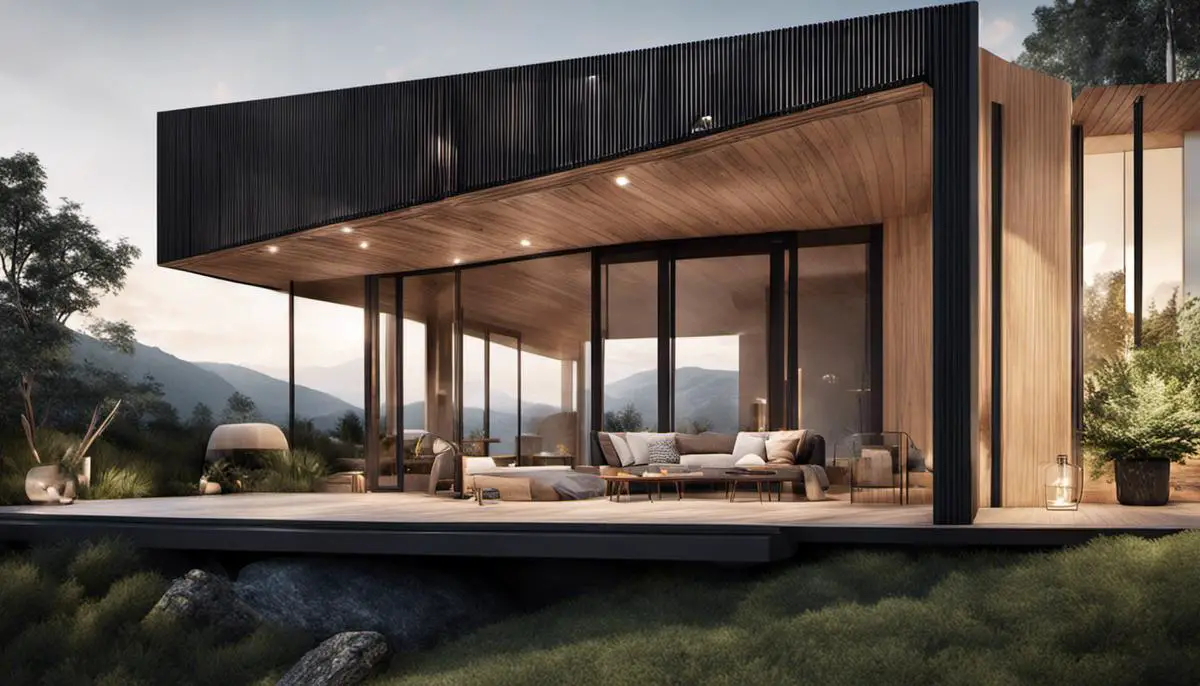
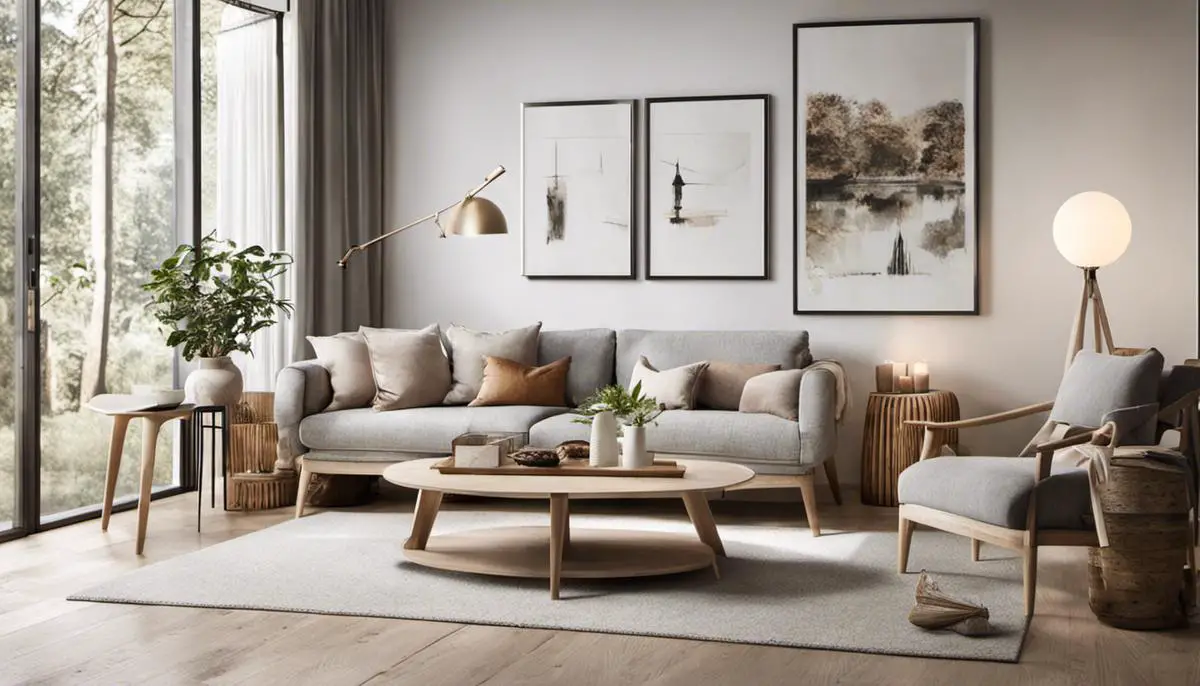
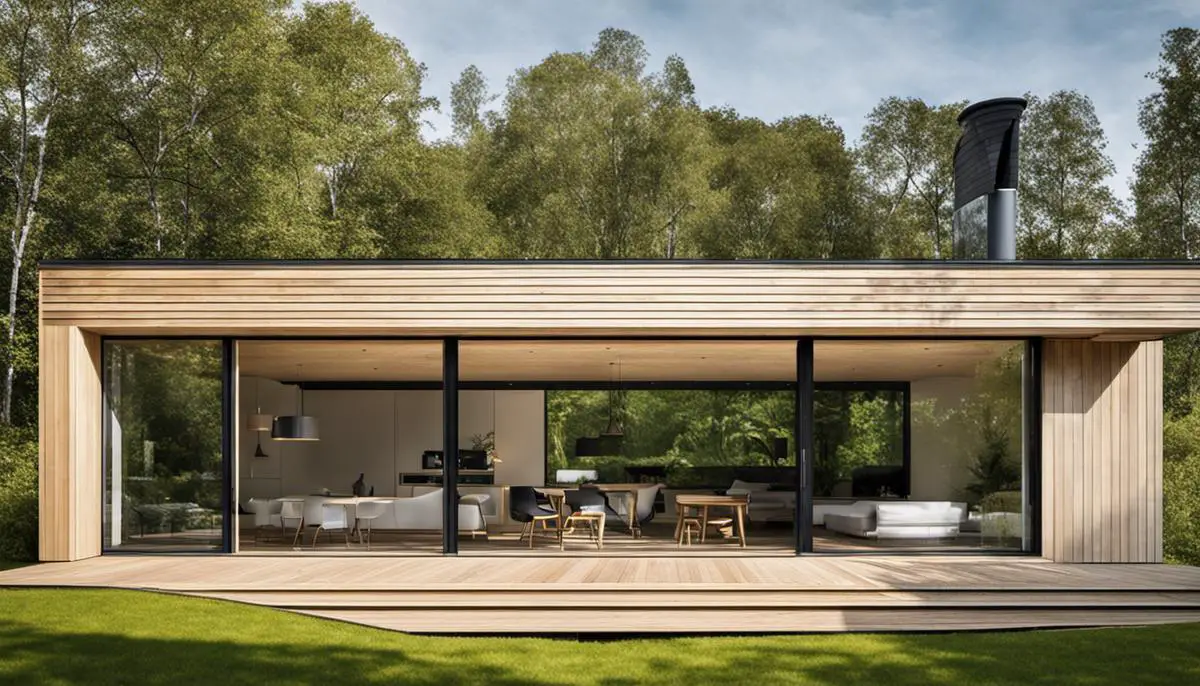


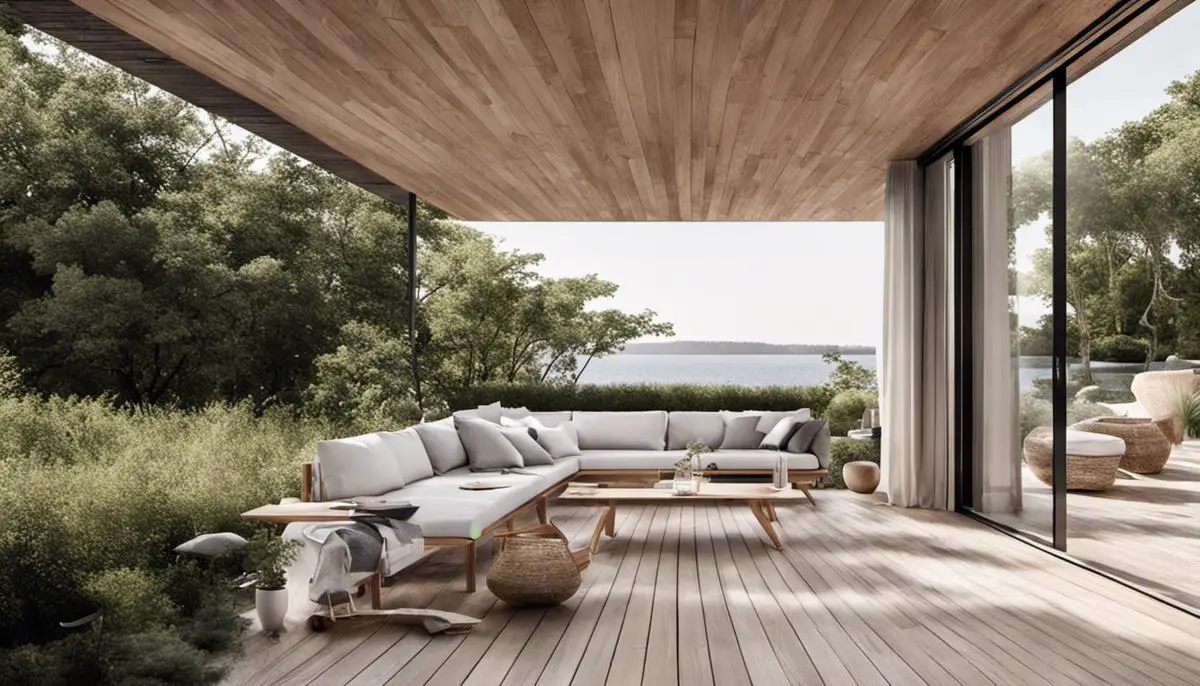
Leave a Reply